Planning a trip to Italy often leads to a tough choice: Sicily or Rome. Both offer incredible experiences but in very different ways.
Sicily, the largest island in the Mediterranean, boasts stunning beaches, ancient ruins, and a unique blend of cultures. At the same time, Rome, the Eternal City, is packed with world-famous landmarks and a vibrant urban atmosphere.
Rome draws millions of visitors annually with iconic sights like the Colosseum and Vatican City. It’s a bustling metropolis where history comes alive around every corner. On the other hand, Sicily offers a more laid-back vibe with its charming coastal towns, Greek temples, and the looming presence of Mount Etna.
Food lovers will find joy in both places. Rome is known for its pasta dishes and pizza al taglio, while Sicily tempts with fresh seafood and sweet cannoli. Each destination has its charms, and choosing between them is a matter of personal taste and travel style.
Key Takeaways
- Sicily offers beaches and diverse cultural influences, while Rome showcases iconic historical landmarks.
- Sicilian cuisine features fresh seafood, while Roman food highlights pasta and pizza.
- Sicily provides a relaxed island atmosphere, contrasting with Rome’s bustling city energ.y
Geographical Contrasts and Highlights
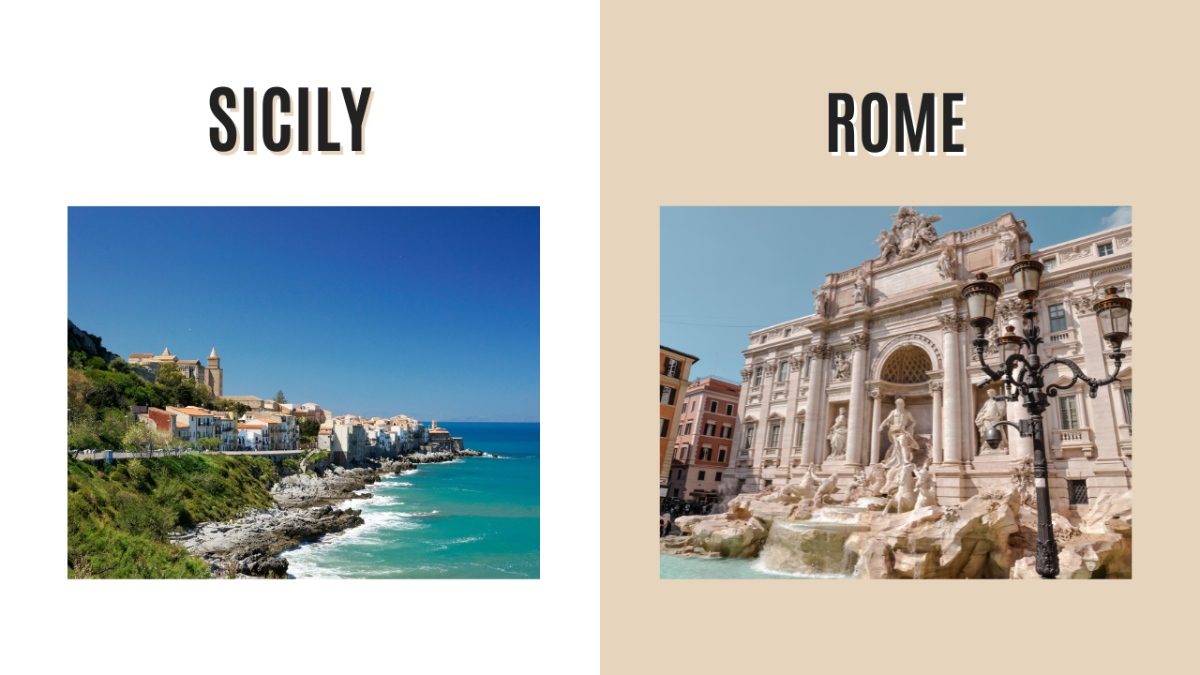
Sicily and Rome offer starkly different landscapes that reflect their unique histories and natural features. These two Italian destinations showcase diverse geographical wonders, from volcanic peaks to ancient ruins.
Sicily’s Terrain and Natural Landscapes
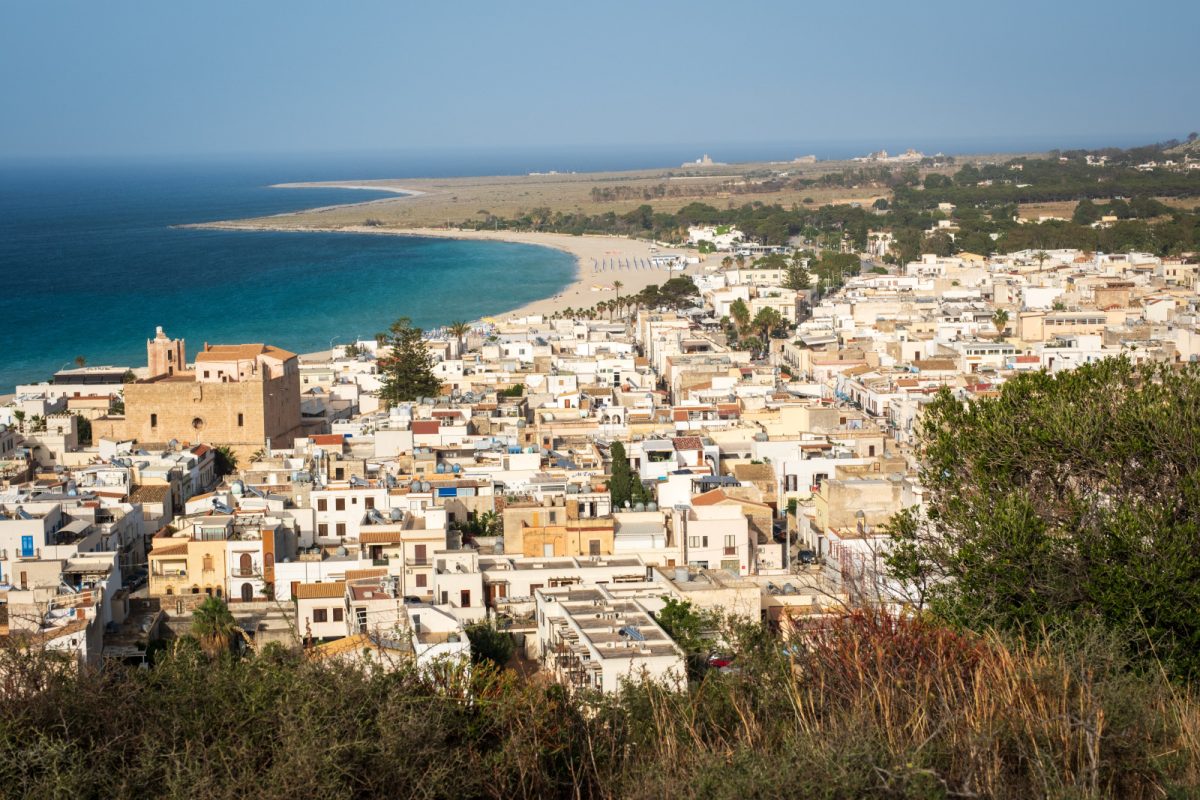
Sicily’s rugged beauty is hard to beat. The island boasts dramatic coastlines with pristine beaches and rocky cliffs. Inland, rolling hills covered in olive groves and vineyards paint a picturesque scene.
But the real star of the show is Mount Etna. This active volcano dominates the eastern skyline, often puffing out smoke. Hiking trails let you get up close to its otherworldly lava fields.
The Strait of Messina separates Sicily from mainland Italy. This narrow channel creates strong currents and is home to swordfish that locals have fished for centuries.
Don’t miss the crystal-clear waters around the Aeolian Islands. These volcanic isles off Sicily’s north coast offer black sand beaches and steaming fumaroles.
Rome’s Historic Centers and Cityscape

Rome’s geography is shaped by its 3,000-year history. The city sprawls across seven hills, each with its character. The Palatine Hill was home to emperors, while the Capitoline housed important temples.
The Tiber River snakes through Rome’s heart. Ancient bridges like the Ponte Sant’Angelo still span its waters. For romantic views, stroll along the river at sunset.
Rome’s cityscape is a mix of ancient and modern. Narrow cobblestone streets in the historic center open onto grand piazzas.
The Colosseum looms large, while St. Peter’s Basilica dominates the skyline.
Parks like the Villa Borghese offer green spaces amid the urban bustle. Here, locals jog and picnic under pine trees that have stood for centuries.
Cultural and Historical Insights
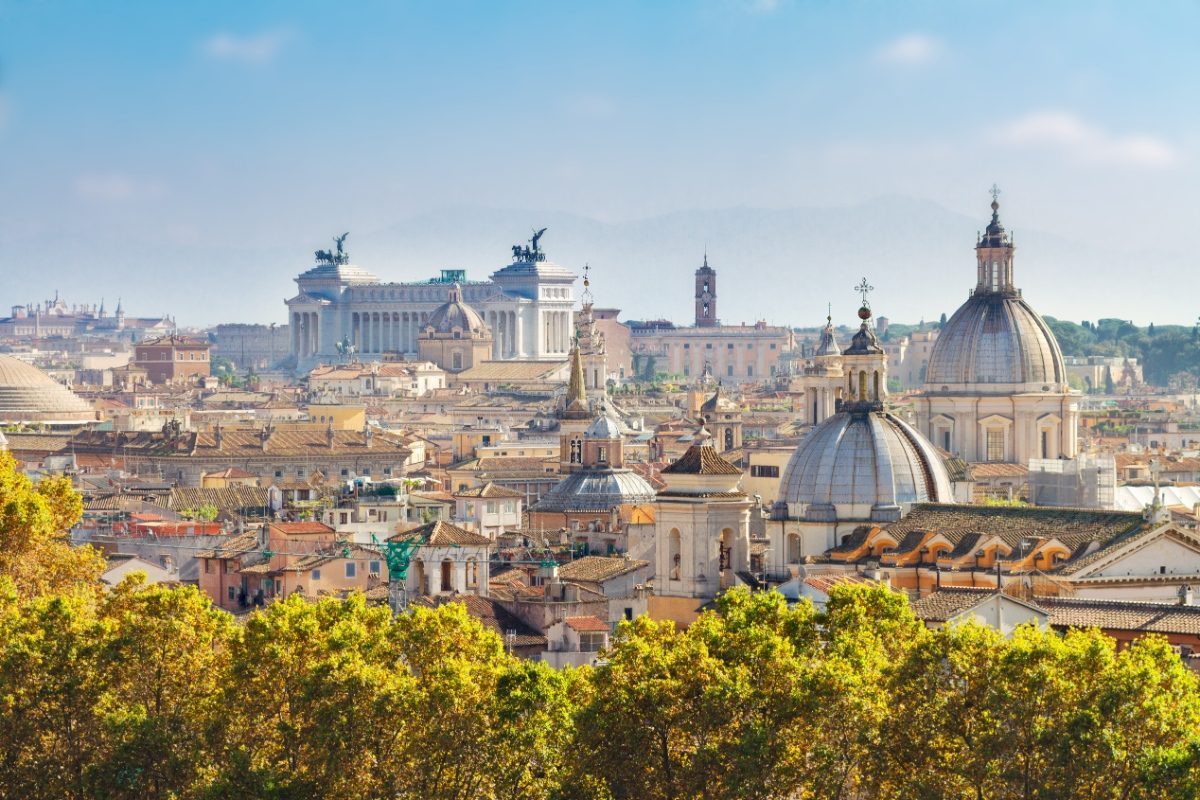
Sicily and Rome share a rich tapestry of cultural heritage and historical significance. Their intertwined past has left lasting marks on both regions, shaping their identities uniquely.
Ancient Sicilian Civilizations and Heritage

Sicily’s story begins long before Rome’s influence. The island saw waves of settlers, from the Sicans and Elymians to the Phoenicians and Greeks.
Greek colonists founded cities like Syracuse, which rivaled Athens in splendor. Ortigia, Syracuse’s old town, still dazzles with ancient Greek ruins.
Carthage also left its mark. The hilltop town of Erice, near Trapani, has roots in both Phoenician and Greek cultures. It’s a must-visit for history buffs.
Sicilian cuisine reflects this diverse past. Try pasta alla Norma in Catania – it’s a delicious nod to the island’s layers of history.
Rome’s Empire and the Vestiges of Time
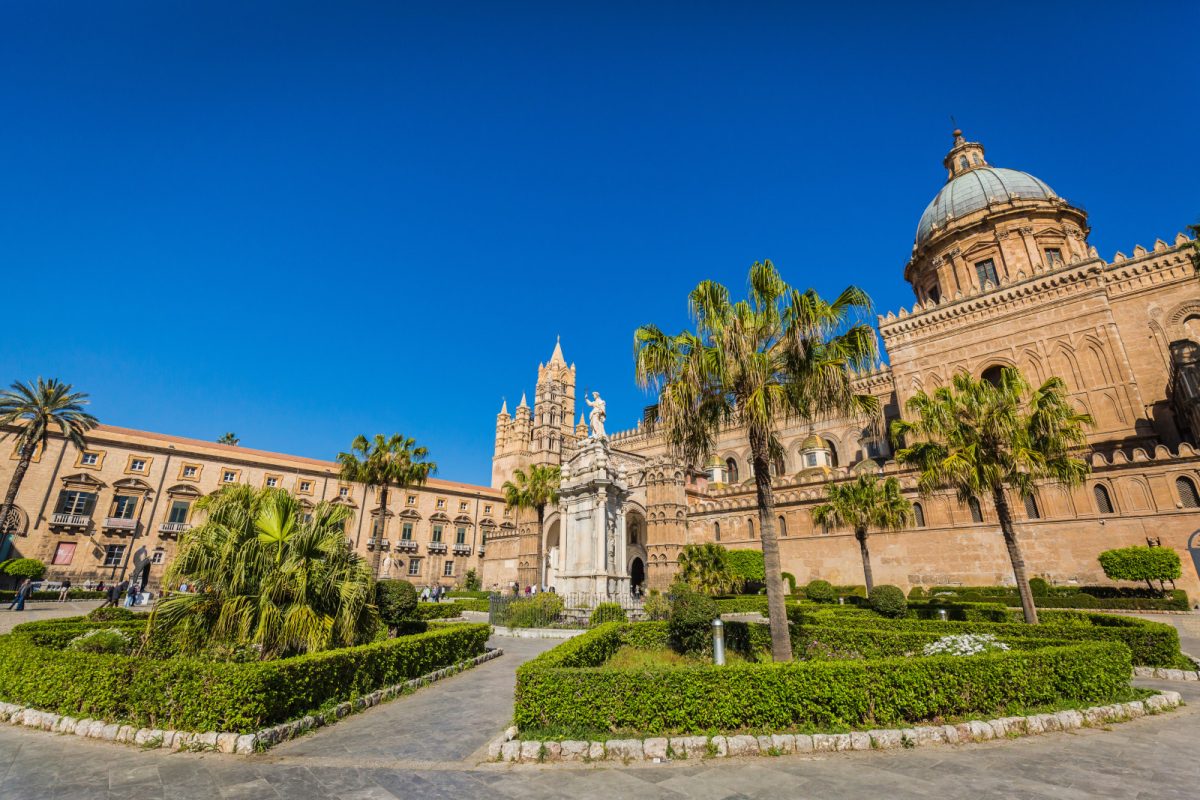
Rome’s conquest of Sicily in 241 BCE changed the island forever. The Romans saw Sicily’s potential as a breadbasket, and agriculture boomed. You can still see remnants of Roman villas scattered across the countryside.
Palermo’s Palazzo dei Normanni showcases Sicily’s later history. It blends Norman, Arab, and Byzantine styles – a testament to the island’s multicultural past.
Don’t miss the Valley of the Temples in Agrigento. These Greek ruins survived the Roman era and still inspire awe today. Try visiting at sunset for a truly magical experience.
Roman influence lingers in unexpected ways. The Sicilian language includes Latin-derived words you won’t hear in standard Italian. It’s like a living link to the past.
See Related: Rediscover Your Italian Roots: The Ultimate Guide to Heritage Travel in Italy
Culinary Journeys
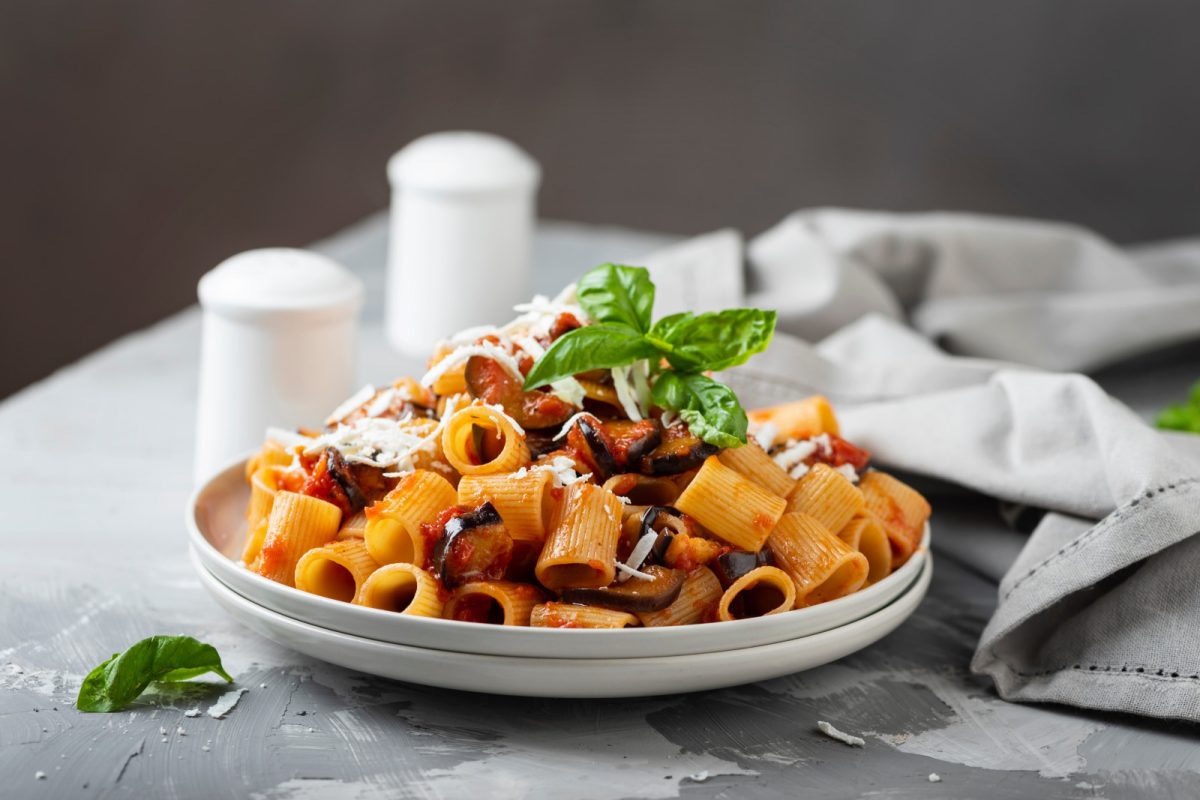
Italy’s culinary landscape offers a feast for the senses. From Sicily’s sun-drenched flavors to Rome’s timeless classics, food lovers are in for a treat.
The Flavors of Sicily
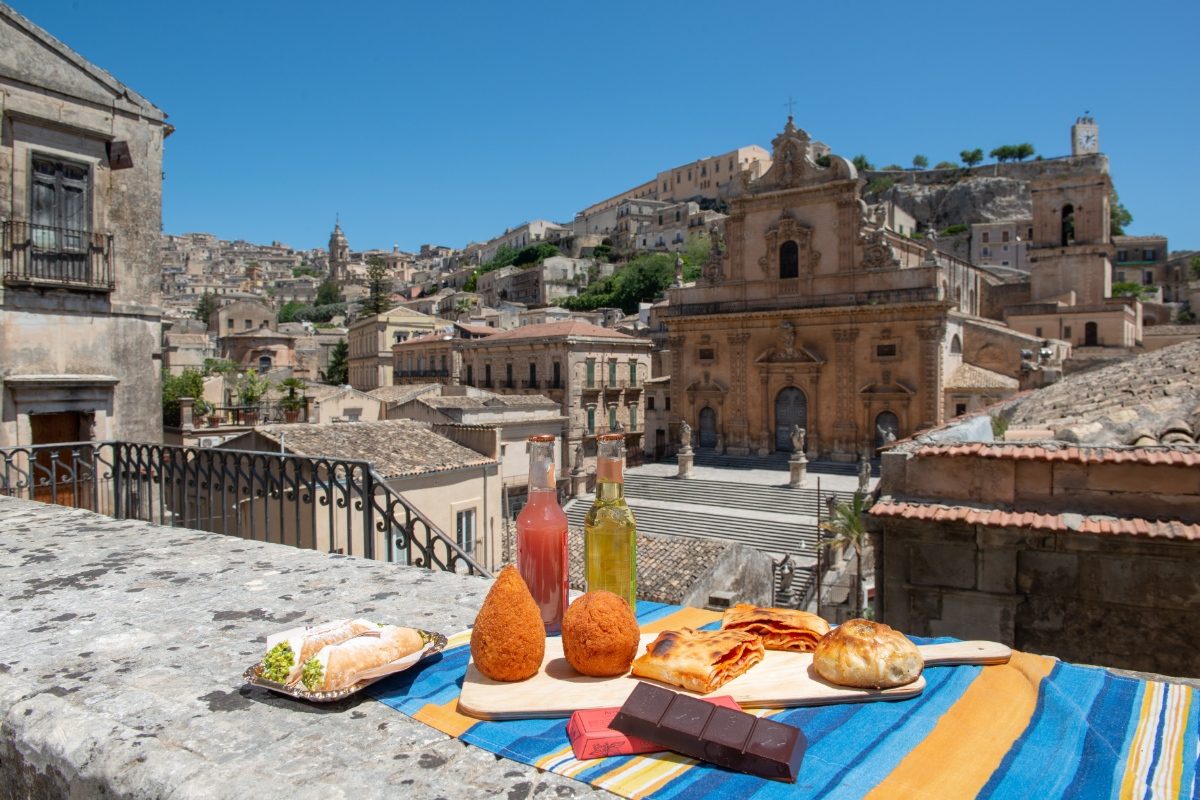
Sicily’s cuisine is Mediterranean in flair. Fresh seafood stars in many dishes, like pasta con le sarde, with sardines and wild fennel. Locals start their day with granita, a refreshing icy treat often paired with a brioche bun.
Arancini, golden-fried rice balls, make the perfect snack. Stuffed with ragù, mozzarella, or pistachio cream, they’re irresistible.
For a sweet finish, cannoli reign supreme. These crispy tubes filled with creamy ricotta are a Sicilian icon.
Sicilian wines deserve attention, too. Marsala, a fortified wine, adds depth to savory dishes and desserts. The volcanic soil near Mount Etna produces unique, mineral-rich wines worth sampling.
Savoring Roman Cuisine
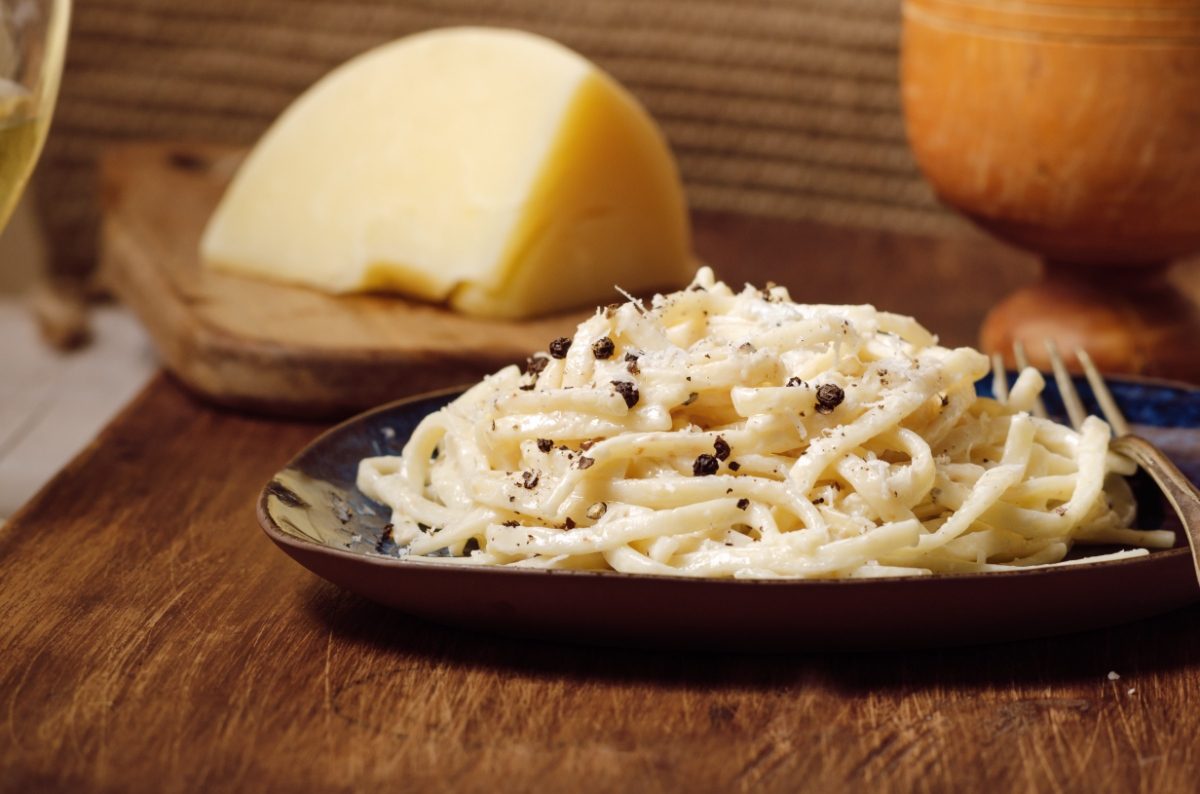
Rome’s food scene blends tradition with innovation. Pasta takes center stage here.
Carbonara is a local favorite, made with eggs, cheese, and guanciale. Cacio e Pepe, with its simple blend of cheese and black pepper, showcases Roman ingenuity.
Pizza al taglio, sold by weight, is a quick lunch option. Toppings range from classic Margherita to creative combos. For meat lovers, saltimbocca alla romana – veal wrapped in prosciutto and sage – is a must-try.
Street food thrives in Rome. Supplì, fried rice balls similar to arancini, make a tasty snack. Gelato shops dot the city, offering creamy scoops in flavors like pistachio and stracciatella.
Roman trattorias often serve seasonal specialties. In spring, look for pasta with artichokes or fava beans. Fall brings hearty dishes like oxtail stew.
Recreation and Activities

Sicily and Rome offer very different but equally exciting recreation options. From volcanic hikes to ancient ruins, these destinations provide unforgettable experiences for travelers.
Adventure in Sicily: Hiking and Volcanoes
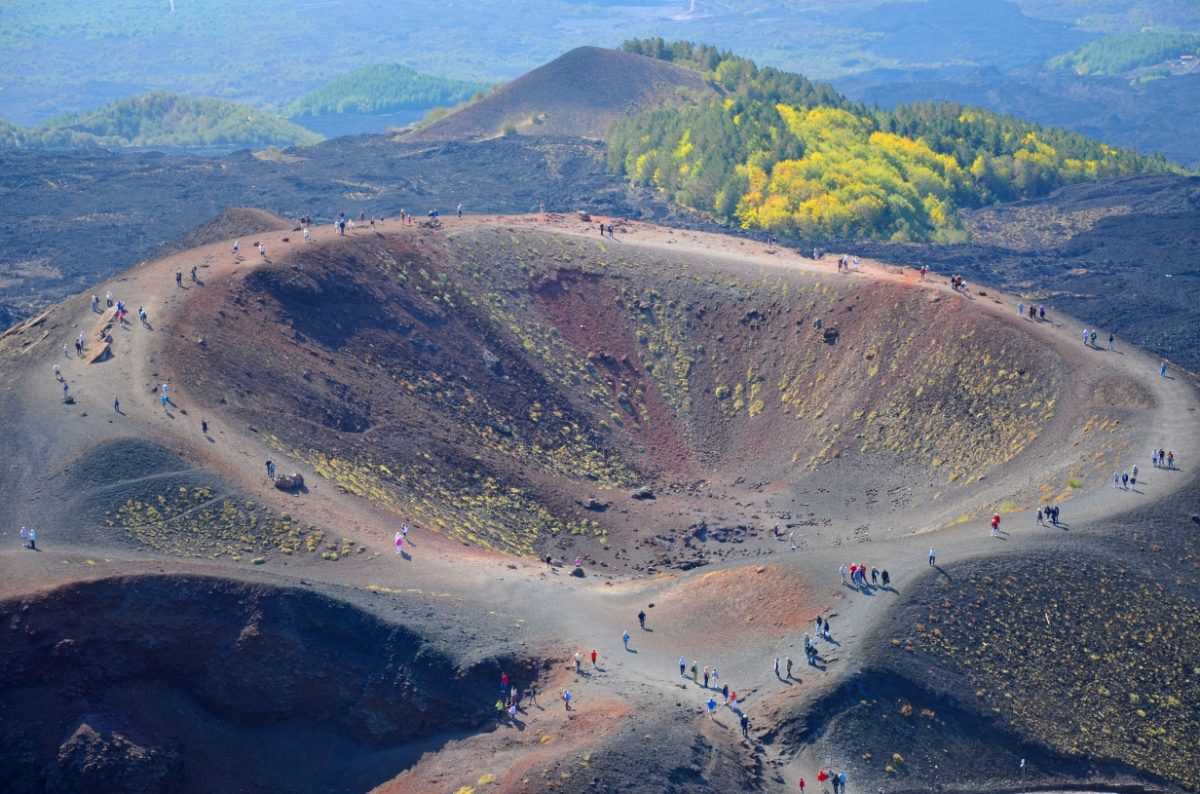
Sicily’s dramatic landscapes are perfect for outdoor enthusiasts. Mount Etna, Europe’s tallest active volcano, is a must-visit.
Guided tours start around €60 and take you through lava fields and into crater zones. The views from the summit are breathtaking!
For a less intense hike, try the Zingaro Nature Reserve. Its coastal trails offer stunning sea views and hidden coves for swimming. Pack a picnic and make a day of it.
Island hopping is another fun option. Take a boat to the Aeolian Islands and explore their volcanic beaches. Stromboli’s nightly eruptions are a spectacular sight.
Urban Delights: Discovering Rome on Foot
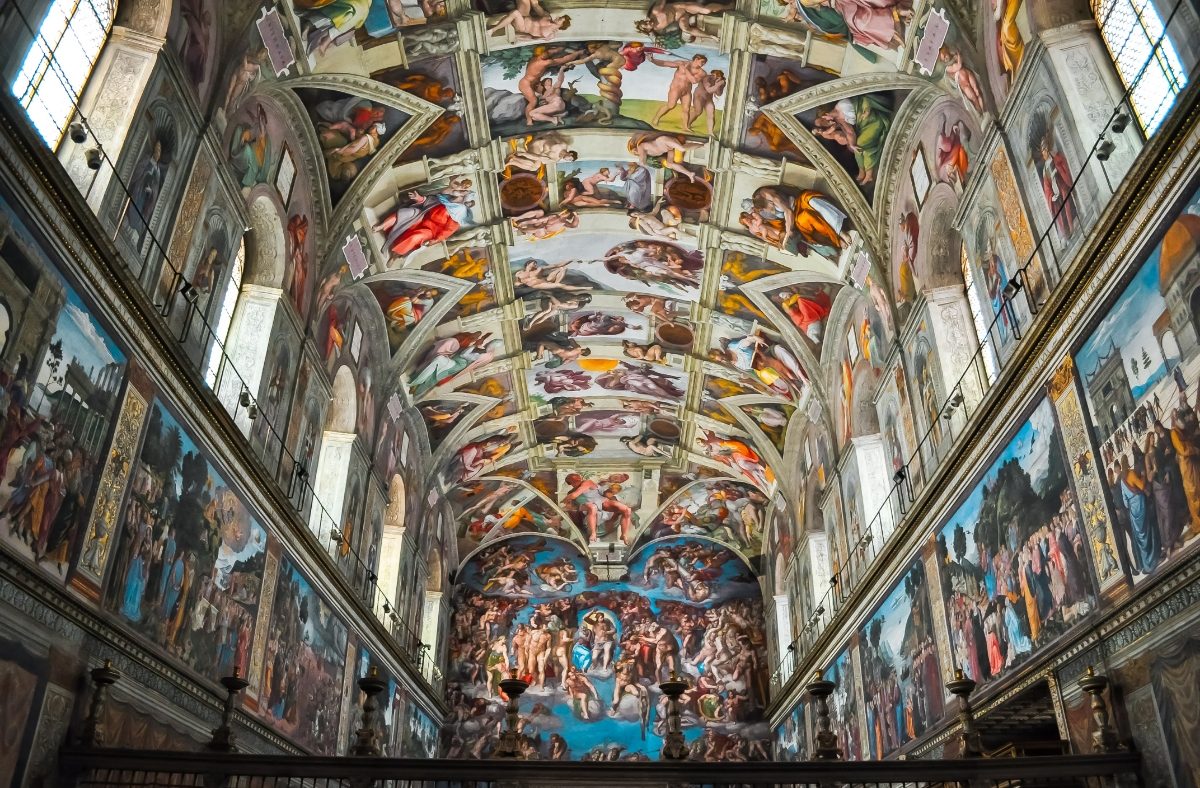
Rome is best explored on foot. Start with a walk through the historic center.
The Colosseum and Roman Forum bring ancient history to life. To avoid long waits, book skip-the-line tickets (about €20).
Wander the charming streets of Trastevere for a taste of local life. Stop at a trattoria for authentic pasta – carbonara is a Roman specialty.
For a unique experience, take a night tour of the Vatican Museums. They’re open late on Fridays in summer, and you’ll see the Sistine Chapel without the daytime crowds.
Don’t miss the Borghese Gardens for a green escape. Rent a bike or rowboat for a fun afternoon in the park.
See Related: Iconic Honeymoon Destinations in Italy: Romance Across the Boot
Transport and Accessibility
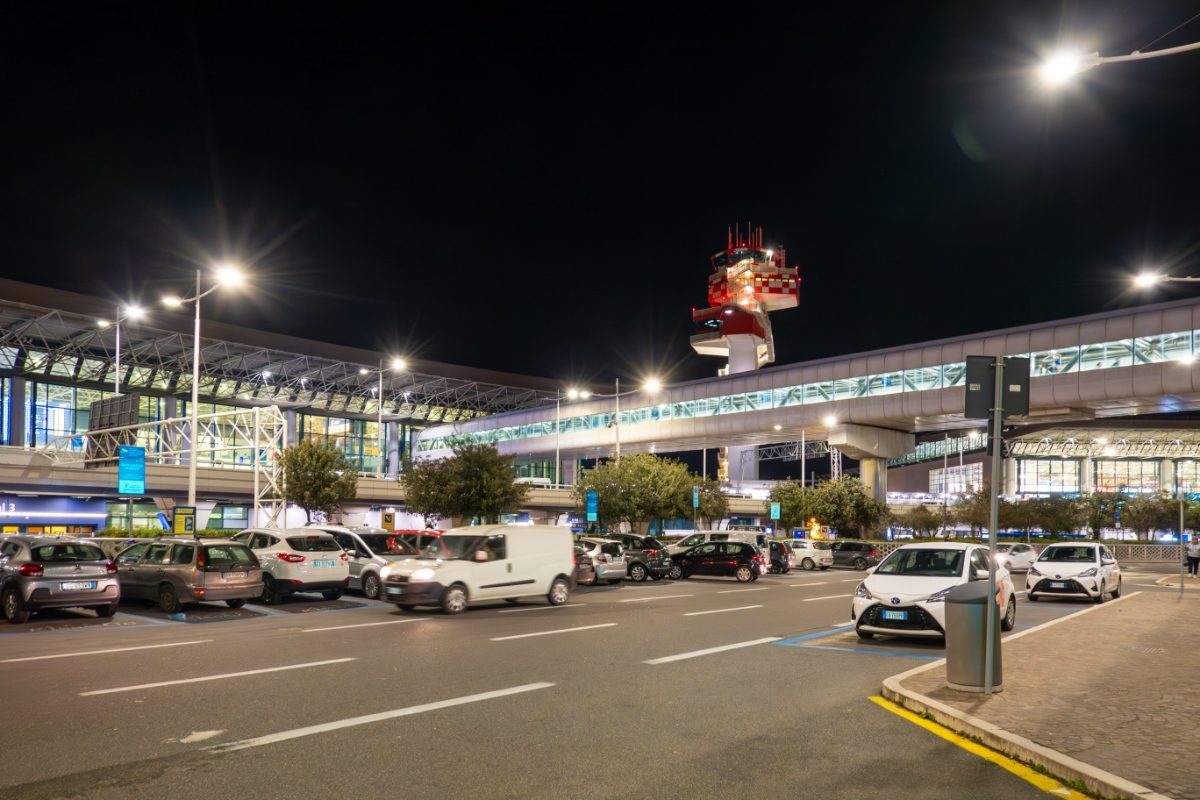
Getting around Sicily and Rome presents unique challenges and opportunities for travelers. Each destination offers distinct transport options that shape the visitor experience.
Navigating Sicily: Options and Tips
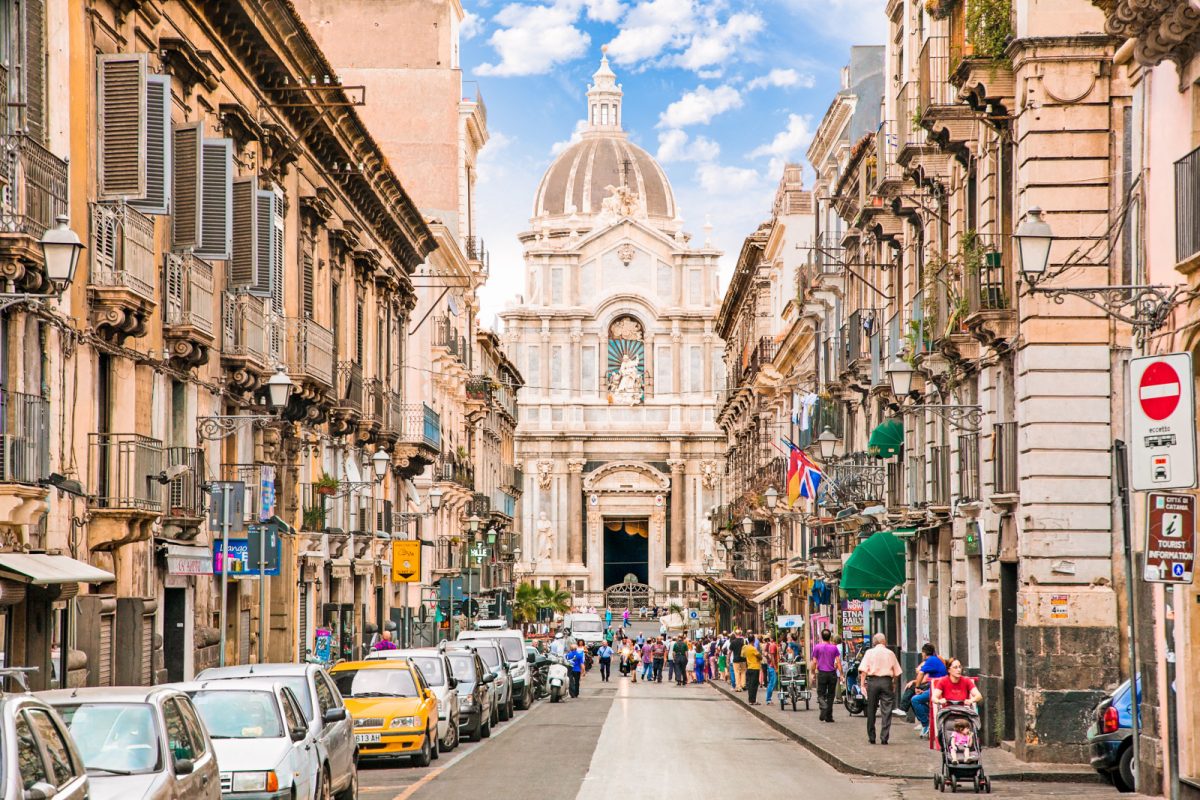
Sicily’s transport scene is mixed. Buses connect major towns and cities, but schedules can be unreliable. Renting a car allows you to explore, but watch for narrow, winding roads. Trains link bigger cities, though they’re often slow.
For a real Sicilian adventure, try the colorful local buses called Pullman. They’re cheap and cheerful, perfect for soaking up the island vibe. Just don’t expect air conditioning!
Accessibility in Sicily can be tricky. Many old towns have cobblestone streets and steep hills. Beach lovers should look for “barrier-free” spots—some offer special wheelchairs for the sand.
Getting Around Rome: Public and Private Transport
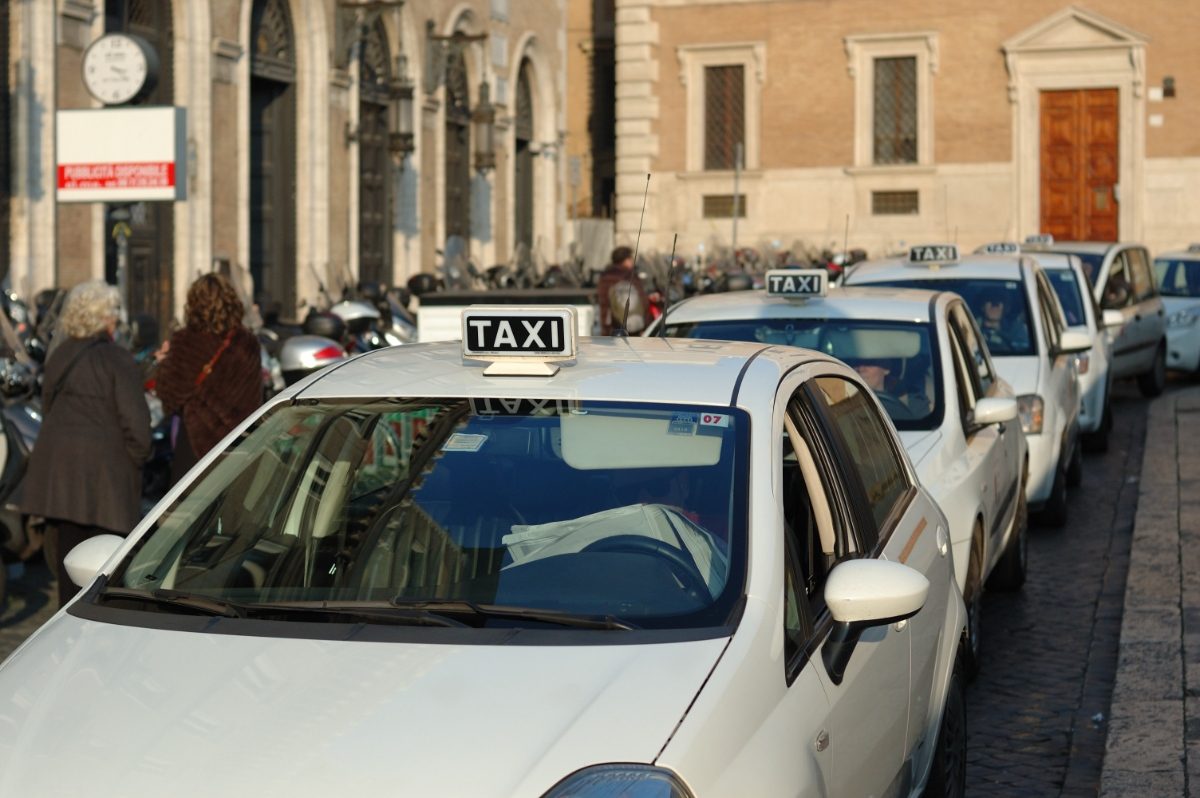
Rome’s public transport is a lifesaver for tourists. The metro is fast and easy to use and hits most major sights. Buses cover more ground but can get stuck in traffic. Buy a multi-day pass to save cash.
Taxis are pricey but convenient for late-night trips. Just make sure the meter’s running! Book a private driver to zip between attractions in style for a splurge.
Walking is often the best way to see Rome. The historic center is compact and full of hidden gems. But wear comfy shoes – those cobblestones are no joke!
Rome has made strides in accessibility, but challenges remain. Many metro stations have elevators, and some buses are wheelchair-friendly. Plan and ask your hotel for accessibility tips.
Accommodations and Stays
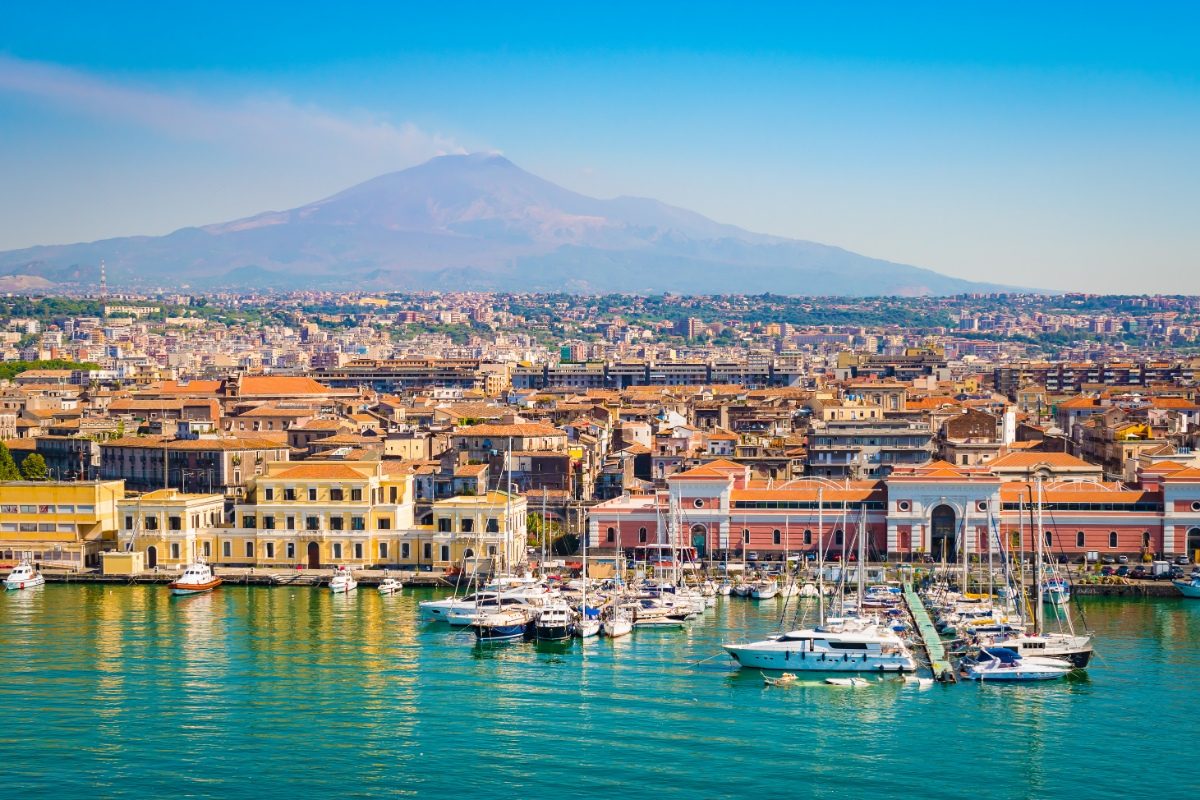
Sicily and Rome offer unique lodging options that can make or break your Italian getaway. From charming agriturismos to opulent palaces, your choice of accommodation will shape your experience.
Staying in Sicily: From Luxury to Local
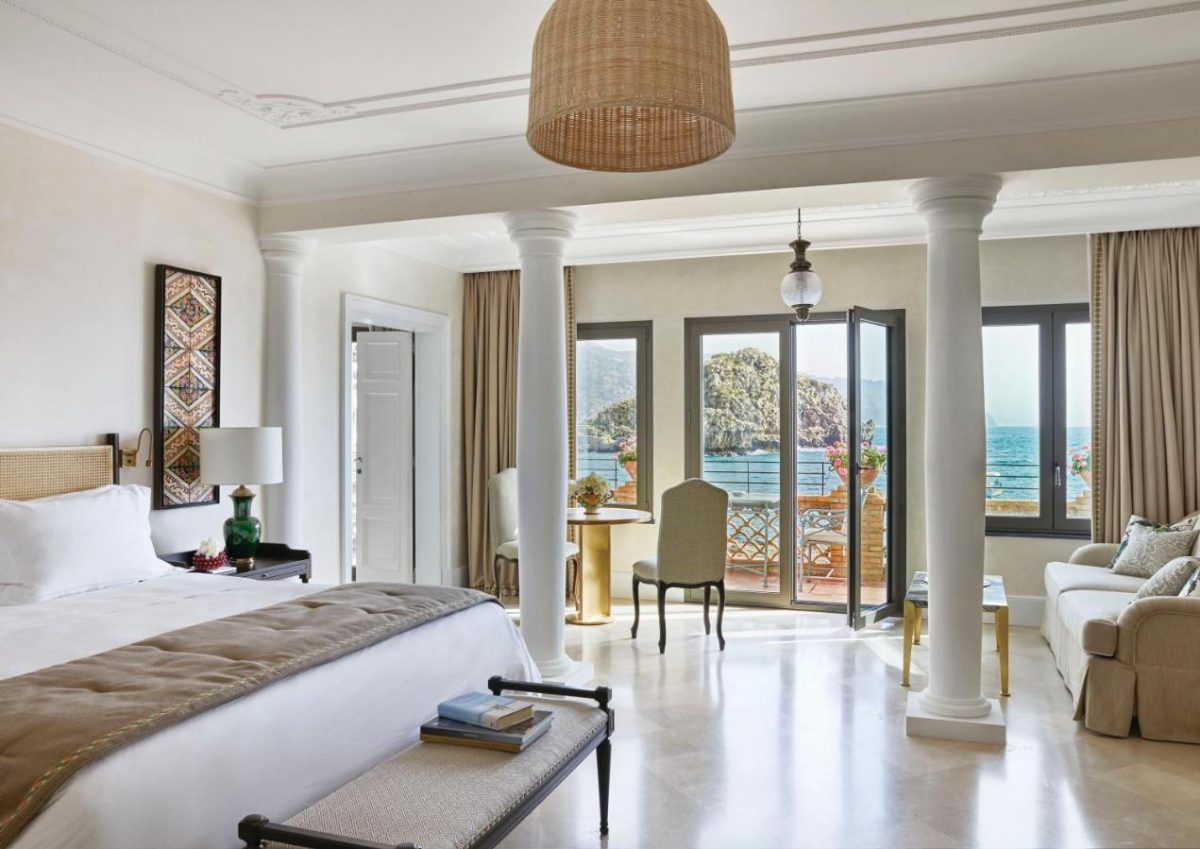
Sicily’s lodging scene is a delightful mix of old-world charm and modern comforts. Fancy a stay in a converted farmhouse? Agriturismos dot the Sicilian countryside, offering rustic rooms and home-cooked meals. Prices range from €50-150 per night.
For a touch of luxury, head to Taormina. The Villa Sant’Andrea, perched on a cliff, boasts stunning sea views and top-notch service. In peak season, expect to shell out €400-600 nightly.
Beach bums should check out the coastal resorts near Cefalù. Many offer private beaches and pools, perfect for summer splashes.
Budget travelers fear not! Hostels and budget hotels in Palermo and Catania won’t break the bank. You can snag a bed for as little as €20 a night.
Roman Residences: Hotels and Beyond
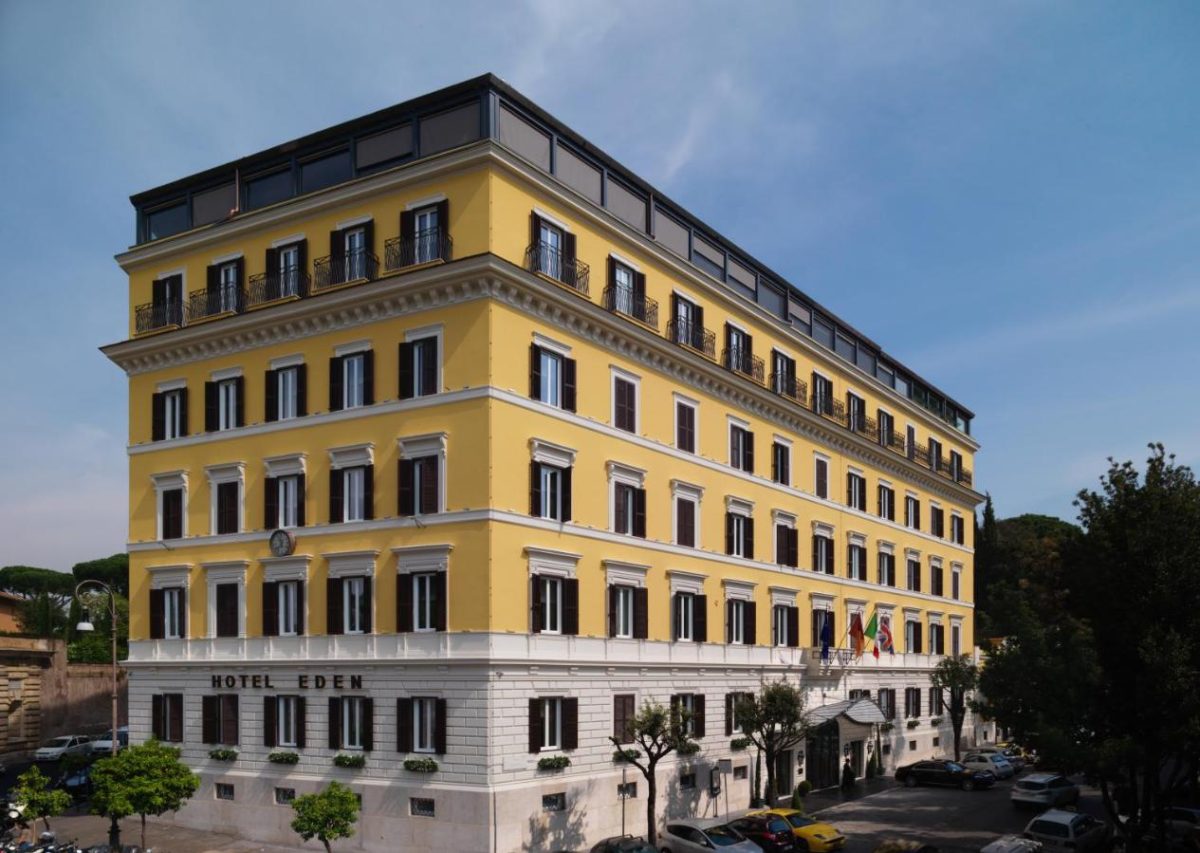
Rome’s accommodation options are as varied as its history. At luxury hotels in Italy’s capital, you can splurge on a room with a view of the Colosseum. Near the Spanish Steps, the Hotel Eden offers five-star digs starting at €600 per night.
For a more intimate experience, try a boutique hotel in Trastevere. These charming spots often occupy converted townhouses and offer a local vibe.
Apartment rentals are popular in Rome, especially for families or longer stays. Options are available in every neighborhood, and prices range from €80-200 nightly.
Backpackers and budget travelers can bunk up in hostels near Termini Station. Prices start around €25 for a dorm bed.
Itineraries and Travel Planning
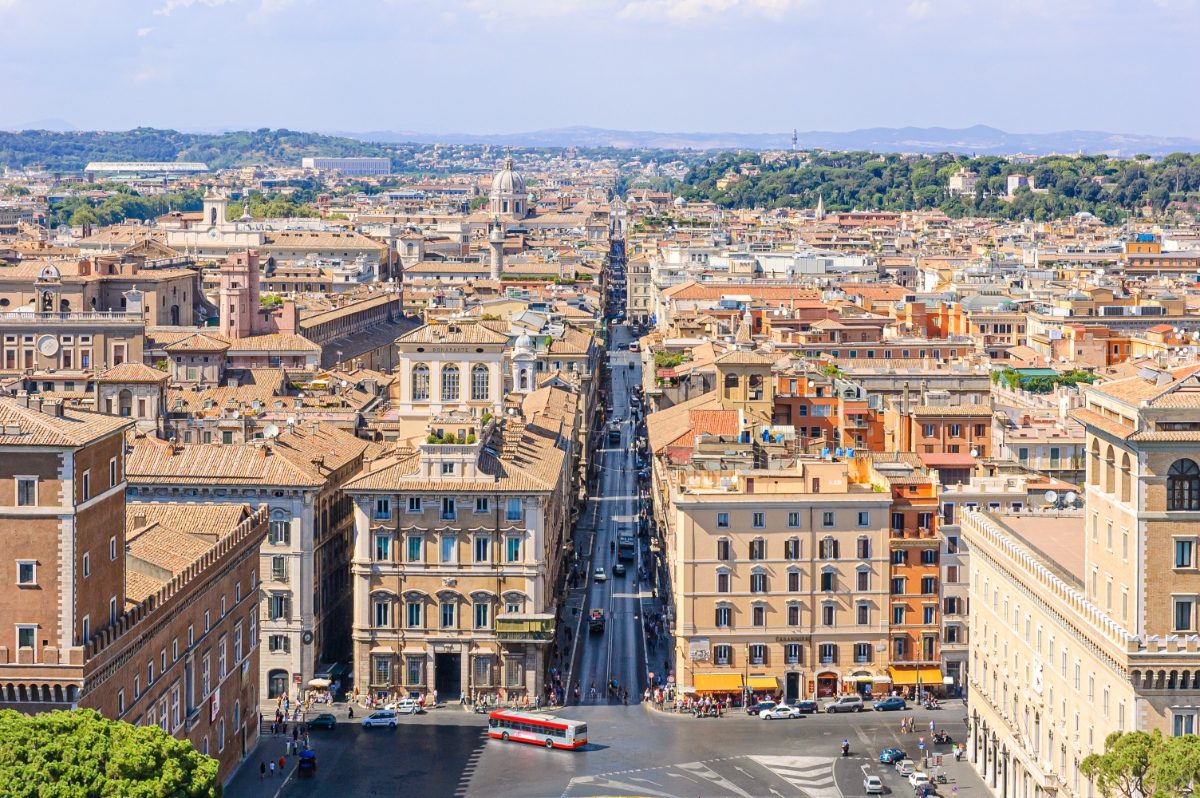
Planning a trip to Italy’s iconic cities and regions requires careful consideration. A well-crafted itinerary helps you make the most of your time and experience the best each destination has to offer.
Crafting Your Sicilian Adventure

Sicily offers a diverse range of experiences. Start in Palermo, the vibrant capital, and spend 2-3 days exploring its markets and historic sites. Then, head east to Taormina for stunning views and beaches. Allow 2 days to explore Mount Etna and nearby towns.
Don’t miss Syracuse’s ancient ruins and charming old town. Dedicate a day to the Valley of the Temples in Agrigento. End your trip with 2 days in the baroque towns of Ragusa and Noto.
Rent a car for flexibility, but be prepared for narrow roads and spirited driving. Spring and fall offer pleasant weather and fewer crowds.
Exploring Rome: A Tailored Itinerary
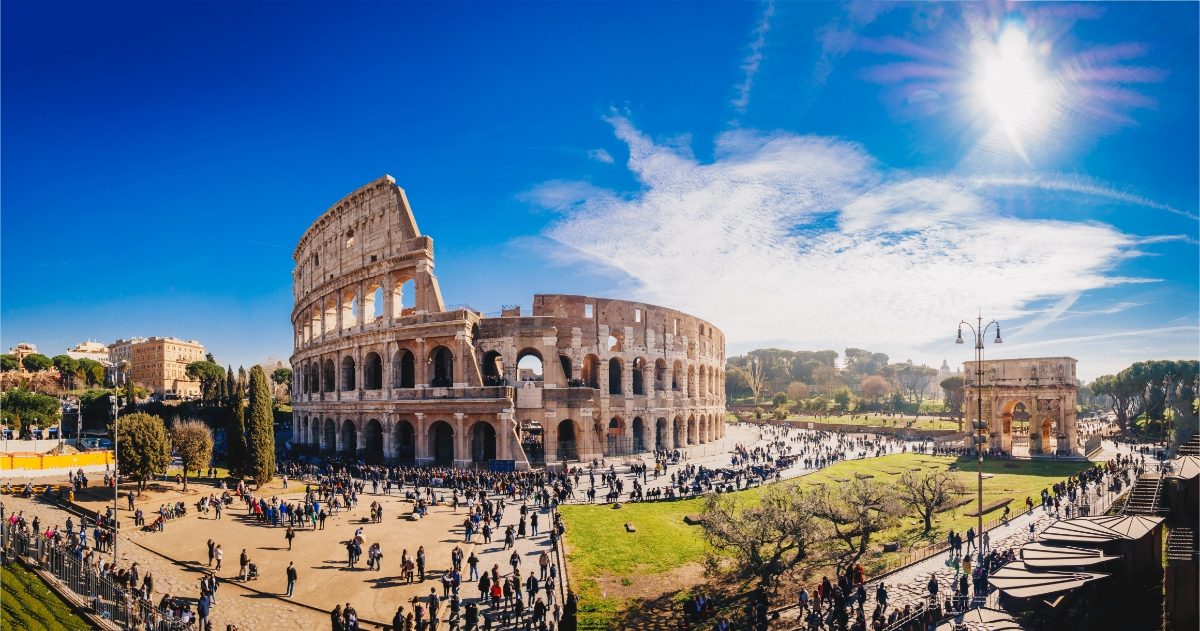
Rome requires at least 3-4 full days to see the main sights. Begin with the Colosseum and Roman Forum. To save time, book skip-the-line tickets in advance.
Dedicate a day to Vatican City, including the Museums and Sistine Chapel. Early morning or evening tours can help avoid crowds.
Explore Rome’s charming neighborhoods like Trastevere and Monti. Don’t forget to toss a coin in the Trevi Fountain and climb the Spanish Steps.
Consider a day trip to nearby Ostia Antica or Tivoli for a break from the city bustle. Rome can be enjoyed year-round, but May and September offer ideal weather.
See Related: Getting From Rome to Amalfi Coast
Frequently Asked Questions
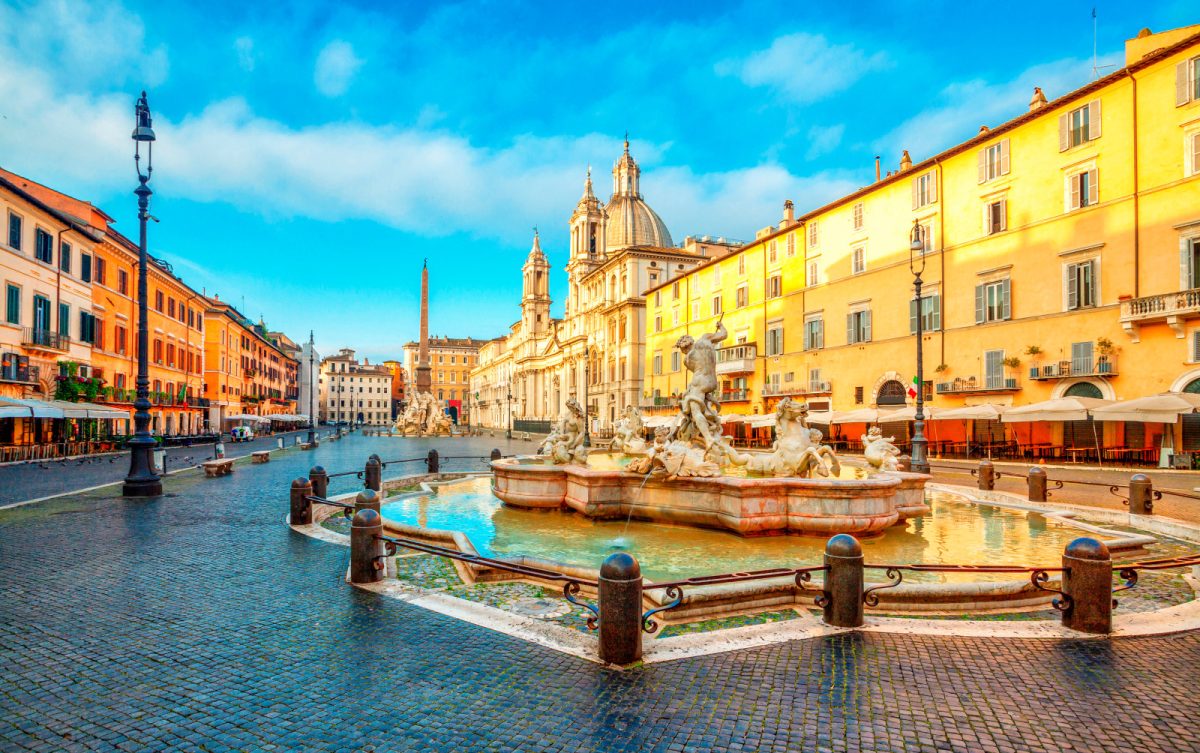
Sicily and Rome offer very different experiences for travelers. Let’s explore some key differences between these iconic Italian destinations.
What are the key differences in the tourist experiences between Sicily and Rome?
Rome buzzes with urban energy and ancient history. The Colosseum, Vatican, and Roman Forum draw huge crowds. On the other hand, Sicily feels more laid-back, with beautiful beaches, charming villages, and Greek ruins. Mount Etna dominates the landscape.
Rome has world-class museums and art galleries, while Sicily shines with its stunning coastal scenery and delicious seafood. While Rome can feel crowded, Sicily offers a slower pace of life.
How does the cost of living compare between Sicily and Rome for travelers?
Rome tends to be pricier, especially for hotels and restaurants near major attractions. A mid-range hotel room might cost €120-180 per night.
Sicily is generally cheaper. Similar rooms go for €70-120 nightly in popular towns.
Meals out cost less in Sicily, too. Expect to pay €15-25 for a nice dinner, compared to €25-40 in Rome. Public transport is also cheaper in Sicily.
What unique cultural aspects of Sicily distinguish it from mainland Italy?
Sicily has a distinct dialect, cuisine, and traditions shaped by its many historical influences. The island’s Arabic and Greek heritage is evident in its food and architecture.
Sicilians are proud of their unique identity. You’ll notice differences in social customs, like the importance of family honor. Local festivals often have roots in ancient pagan rituals.
Can someone from Sicily be considered Italian in the same sense as someone from Rome?
Sicilians are Italian citizens, but many feel a strong regional identity. Some see themselves as Sicilians first and Italians second. This differs from Romans, who tend to identify more strongly as Italians.
The cultural gap can feel wide. Sicilians sometimes joke that they need a passport to visit the mainland. But ultimately, both groups are part of the Italian nation.
In terms of historical significance, how do Sicily and Rome’s contributions to Italy differ?
Rome was the heart of the Roman Empire and remained Italy’s political center. Its influence on Western civilization is huge. Meanwhile, Sicily played a different role as a strategic island ruled by various powers.
Sicily contributed greatly to Italian art, literature, and cuisine. Its Greek temples rival those in Greece. Rome’s legacy lies more in law, government, and classical architecture.
What activities are exclusive to Sicily that you won’t find in Rome?
Climbing Mount Etna, Europe’s most active volcano, tops the list. You can hike steaming craters or ski its slopes in winter. Visiting ancient Greek theaters in Taormina or Syracuse offers a unique experience.
Island hopping to the Aeolians for black-sand beaches is pure Sicily. Touring Baroque towns like Noto or watching puppet shows in Palermo is also unique to Sicily. You won’t find Rome’s big city bustle, but Sicily’s quiet fishing villages charm visitors.

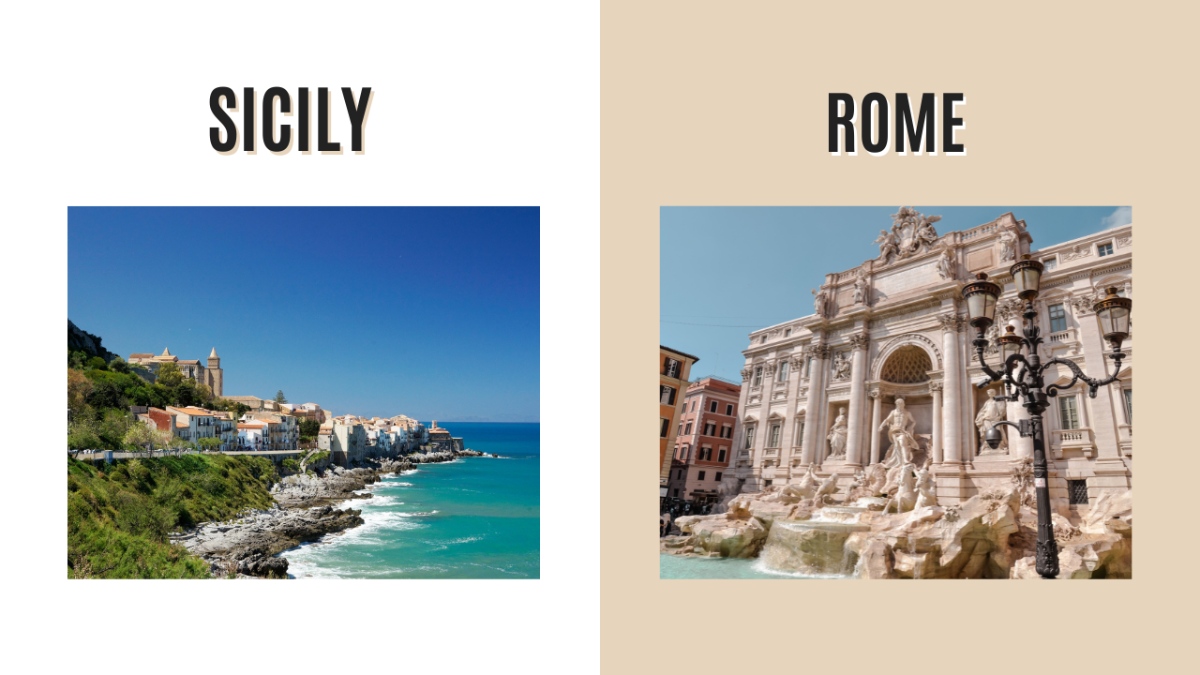
0 Comment